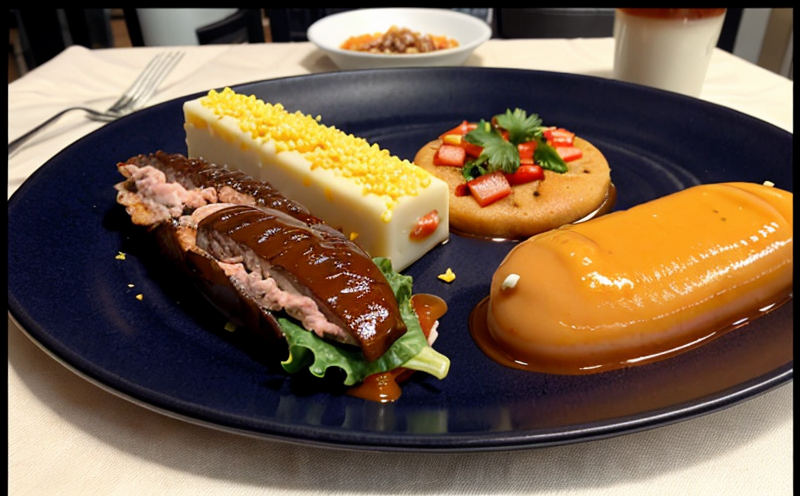ISO 1186-2 Overall Migration under High Temperature
The ISO 1186-2 standard provides a method to determine overall migration of packaging materials in contact with food products. This test is particularly critical for ensuring that the materials used in packaging do not transfer harmful substances into the food, thereby maintaining product safety and quality.
During this high-temperature migration testing, samples are exposed to temperatures above 100°C (212°F) for a specified period. This high-temperature exposure simulates real-world conditions such as storage in warm environments or during cooking processes like boiling, frying, or baking. The test aims to identify any potential leaching of materials into foodstuffs, which could lead to contamination and subsequent health risks.
The overall migration limits (OML) set by this standard are designed to ensure that the total amount of migrating substances does not exceed safe levels as defined by regulatory authorities such as the European Food Safety Authority (EFSA). The testing process involves immersion of packaging materials into a food simulant, followed by analysis of the extracted compounds. This ensures that the package's integrity is maintained during the test.
The importance of this type of testing cannot be overstated in the context of food safety and consumer protection. By adhering to international standards like ISO 1186-2, manufacturers can ensure their products comply with stringent regulations, thereby safeguarding public health.
Scope and Methodology
| Step | Description |
|---|---|
| 1. Specimen Preparation | The packaging material or sample is cut into pieces of standard size and shape, ensuring that each piece has a homogeneous composition. |
| 2. Food Simulant Preparation | A food simulant, such as water, oil, or vinegar, is prepared according to the specified ISO 1186-2 method. The simulant mimics the physical and chemical properties of the food product. |
| 3. Immersion | The specimens are immersed in the food simulants at a temperature of at least 95°C ± 10°C for a duration of not less than 4 hours. |
| 4. Extraction | The extracted compounds from the immersion process are collected and analyzed using appropriate analytical techniques, such as gas chromatography-mass spectrometry (GC-MS). |
| 5. Analysis | The collected extracts are analyzed to determine their migration content in relation to the overall migration limit specified by ISO 1186-2. |
Eurolab Advantages
EuroLab offers comprehensive ISO 1186-2 Overall Migration under High Temperature testing services, ensuring that our clients receive accurate and reliable results. Our state-of-the-art facilities are equipped with the latest analytical instruments, which provide precise data to support your product's compliance with international standards.
- Accurate and repeatable test results
- Comprehensive testing for a wide range of packaging materials
- Expertise in interpreting complex migration patterns
- Supportive services to help you meet regulatory requirements
Quality and Reliability Assurance
EuroLab maintains a robust quality management system that complies with ISO/IEC 17025:2017, ensuring the highest standards of laboratory practice. Our adherence to this international standard guarantees that our testing processes are reliable and consistent.
- Strict calibration procedures for all analytical instruments
- Regular training sessions for staff to ensure proficiency in latest techniques
- Dedicated quality control measures at every stage of the testing process
- Continuous review and improvement of our processes





